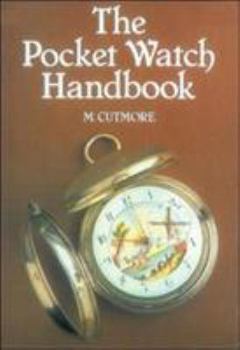The Pocket Watch Handbook
Old pocket watches are endlessly fascinating and collectable. This book traces the history and development of the watch, concentrating largely on the successful designs produced during the period 1750-1900. These pieces were made in large numbers and are thus relatively easy to find, handle and own.With the aid of over 80 drawings and photographs, author Maxwell Cutmore shows how the different movements work, and discusses the many efforts to improve timekeeping over the years. For collectors, this book provides a wealth of useful advice on repairing, buying and selling watches, plus guidelines for conducting simple research. They'll find plenty of hints on what to look for and pitfalls to avoid, ensuring that modest resources are wisely spent for hours of interest and enjoyment.
Format:Paperback
Language:English
ISBN:0715314629
ISBN13:9780715314623
Release Date:August 2002
Publisher:David & Charles
Length:208 Pages
Weight:1.02 lbs.
Dimensions:0.7" x 6.3" x 9.3"
Customer Reviews
1 rating
Good Book
Published by Thriftbooks.com User , 19 years ago
This book was first printed in England in 1985, so don't expect any information more current than that. It is not a price handbook either. What it does provide is a high quality history of the development of the watch from the Middle Ages with a fair deal of technical explanation. For one unfamiliar with how watches are made, some of the terminology will be difficult. The book also provides some examples of how to research a watch and how to engage in the business of selling watches. Unfortunately, information on starting a watch shop in England in the 1980s is not very useful for most American readers of today, and the research is only moderately interesting. But as an historical introduction to watches it is a top-notch overview, suitable for the technically inclined beginner. The photos are of high quality.






